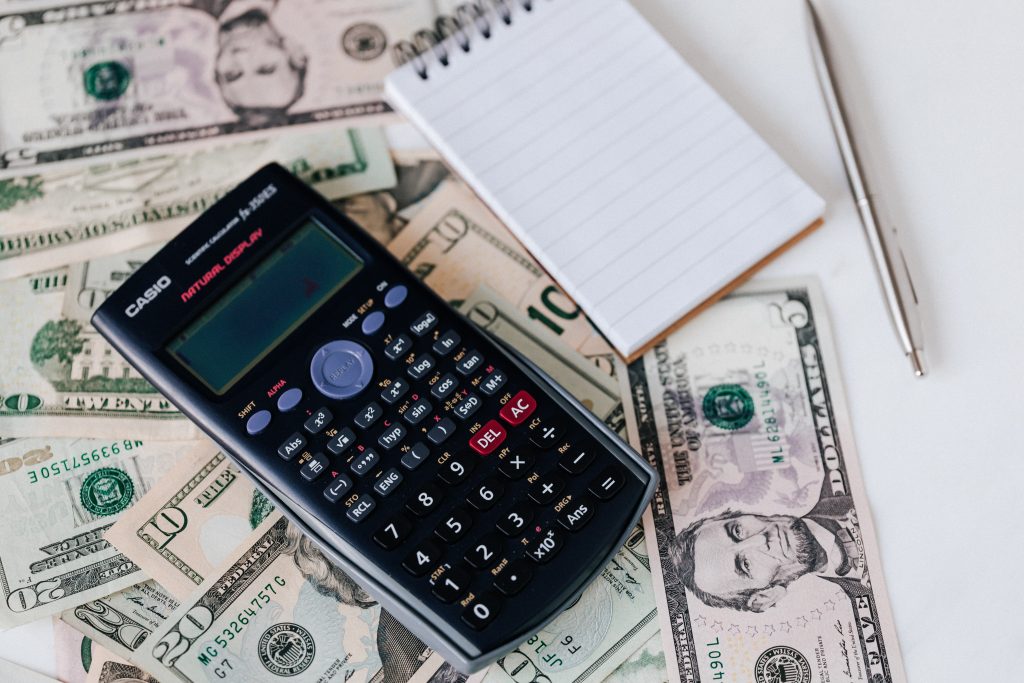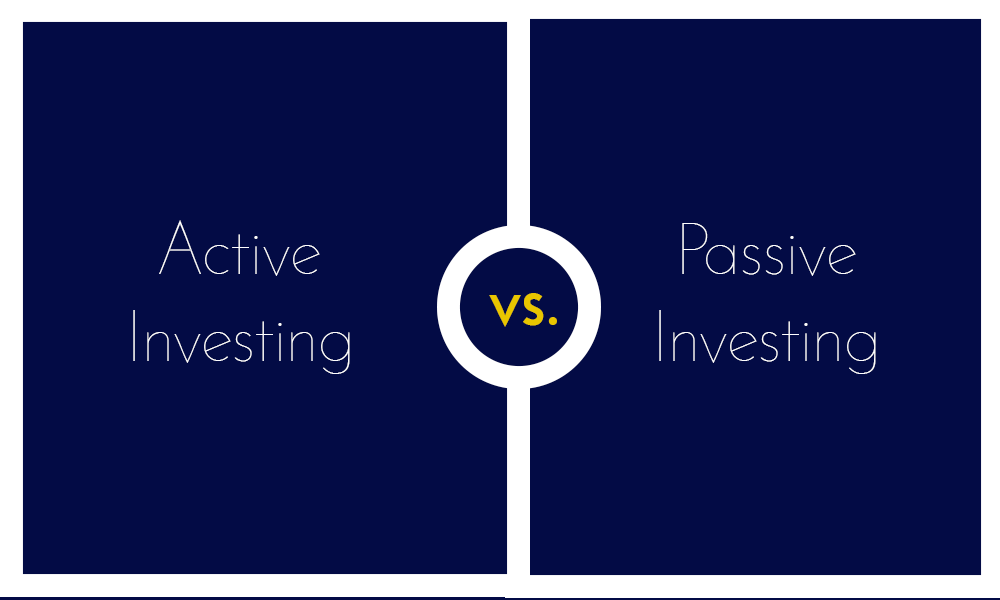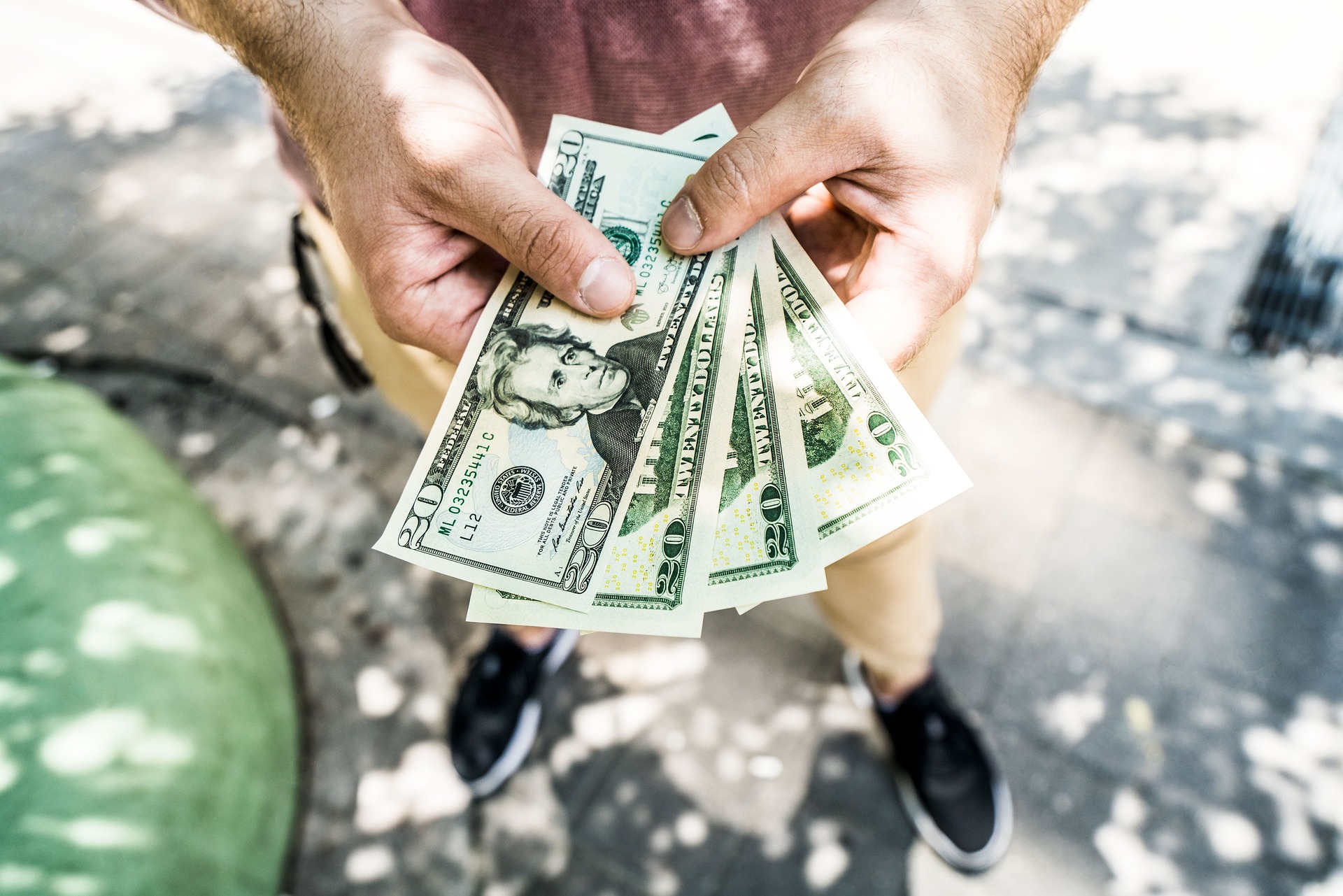Risk the board game immeasurably differs from financial risk. On the other side of the golden coin, savoring incremental gains and wise navigation through volatile uncertainty remains the object of both games.
Moreover, surviving financial risk requires a firm understanding of the investment game’s tenants. Hasbro distributes definitive rulebooks, but Berkshire-Hathaway, like all firms, doesn’t. Regardless, several fundamental keys to understanding risk unlock higher possibilities of higher returns.
Rule number one notes that, the higher the risk, the greater the expected return. “Expected” tops that phrase’s importance hierarchy. Those omitting that word commit a deadly financial sin. The potentially hellish reality dictates investing never guarantees agreeable returns, no matter how surefire the investment seems.When expectation falls outperforms reality, the financial loss hits harder than safer investments that yield lesser gains and losses.
Speaking of hits, reading defenses swarming the football field analogizes reading psychological and environmental factors engulfing the financial field. Quarterbacks survey their surroundings and unique situations, electing to throw away the ball to remain risk-free, or make a calculated decision to launch. The longer the distance in the air ( bigger investments), the greater the expected result ( expected return), whether the expected result involves positioning via catching and pass interferences, or a touchdown. However, deeper passes sacrifice accuracy assurance. Additionally, unforeseen factors outside of the thrower’s control ie: miscommunication with receivers, an outstanding defensive play, offensive fouls committed by a teammate, and deflections leading to interceptions cause greater emotional pain at greater distances.
Events outside of quarterbacks’ control receive many linguistically liberated labels. Factors outside of investors’ control refer to systematic risk. Examples include the interest rate rising, workforce changes, and warfare. Portfolio diversity cannot mitigate systemic risk. However, unsystematic/firm-specific risk mitigates diversifying portfolios. Diversification also maximizes returns.
How is portfolio diversification achieved?
One of the most common answers is holding stocks in unrelated industries. Dispersing stock selection across numerous industries shields the chain effect that permeates across a sector when influential negative events occur in a juggernaut of the sector or the entire category itself. Like industries, mixing fund types contained in investment portfolios augments diversification. Investing in exchange-traded funds appeals to many diversification-seeking investors. ETFs enjoy the advantage of comparably less volatility than other funds and availability to buy and sell any time during trading hours. Though people are free to trade, trading is not free. Paying a commission fee for each trade is the biggest drawback to ETF investing.
Although this discussion highlights stocks, realize overloading portfolio composition with one type of investment or industrial category proves unwise. That said, converting those words into action via buying treasury bills carries zero risk, but inflation’s relationship with returns renders profits negligible. The average inflation rate since 1950 is 3.51 percent. The average return of t-bills over the same span is under 5 percent, according to Federal Reserve data. Complicated information translates to “Don’t put all your eggs in one basket.”
Whether the investor is Peter Cottontail or Peter Parker, everyone must develop a strong sense of basic risk measures. One of the chief indicators determining risk is beta. Beta is best defined as undiversifiable risk of a stock with respect to the market portfolio. The risk of the market portfolio is always one. As such, a beta above one indicates a risky stock, while stocks below one snuggle in safety. The lower the value under one, the safer the stock is. Price-earnings (P/E) ratios measure expectations and market valuation risk, serving as an important risk indicator. High P/E ratios typically allude to concerns regarding overvalued assets. Low P/E ratios usually symbolize little valuation risk Generally, the Dow Jones Industrial Average’s mean P/E ratio is 8 to 20 percent in times of economic stability (recessions cause wild volatility swings regarding P/E ratios). Dividend yields (Income from dividends as a percentage of what was paid for a stock) follow an identical path. Low dividend yields reflect a positive outlook for the company’s growth prospects, while high dividend yields project pessimism. The classic phrase “Buy fear, sell greed” derives from successful returns oftentimes occurring when investors buy stock during high dividend yield periods and sell at low dividend yields. Dividends produce over 40 percent of total return for stockholders.
Having more roofs over one’s head doesn’t shelter them from real estate risks. Real estate exposes itself to the same systematic risks all other investments do. However, natural disasters flood the gates to profitability. Hail, large earthquakes, avalanches, earthquakes, sizeable snow damage and fires are all literally elements of unique property investment risk. Sometimes, Mother Nature acts kinder than human nature. As seen in recent politics, impulsive riots, protests and revolutions hurl unexpected damages and devaluation to property. Professionalism doesn’t always prevail in saving value. Botched land and housing development/repair projects and materials all factor in. Additionally, as property owners of the late 2000s know painfully well, the housing market sometimes creates a bubble of inflated prices from high, unsustainable demand that viciously pops without market corrections, presenting another risk to real estate and many other investments ie: collectible value clinging to the coattails of one wave, stock in an industry performing with unsustainable results.
New/inexperienced investors absorbing this information likely infer that personal finance risk is as much of a dice roll as Risk. Like the board game, starting with a fundamentally sound understanding and expanding without uneducated trepidation or impulsion conquers the challenge.
















































